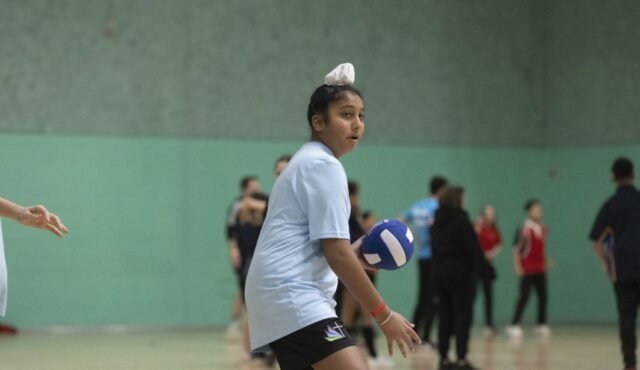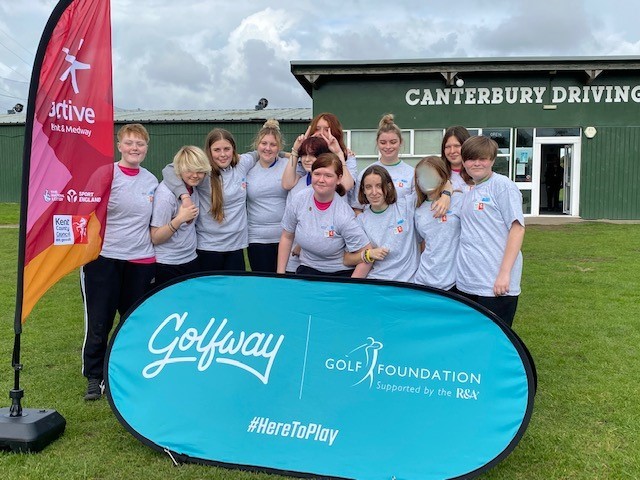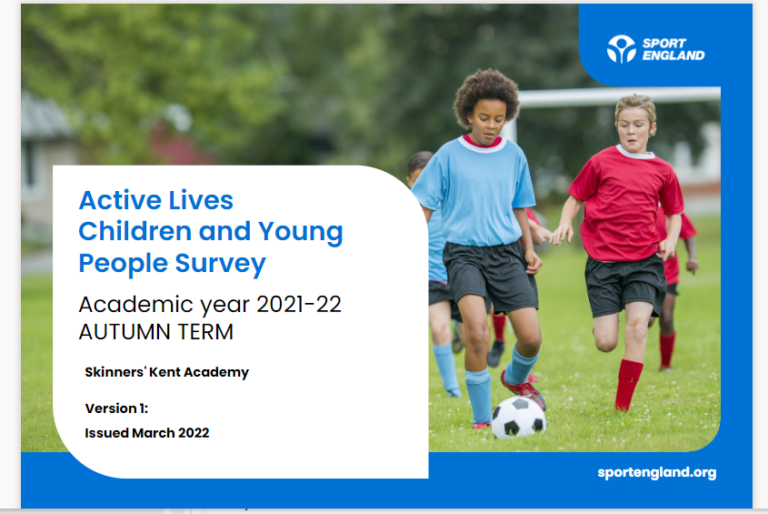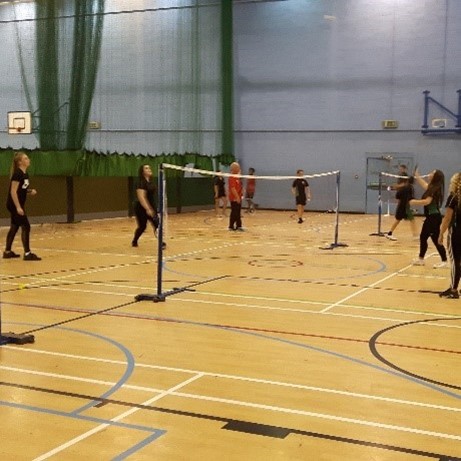Activity
Cheerleading
Audience
Female
Location
Folkestone
Organisation
Folkestone Academy
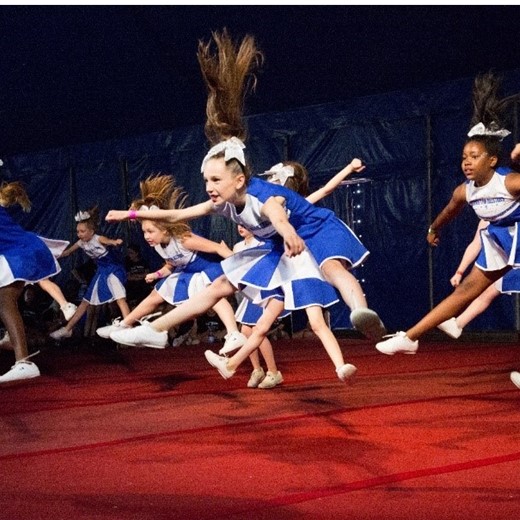
Satellite Club Funding
The cheerleading club has been supported with £910 to be spent on paying the coach for weekly sessions.

Participation
These sessions engaged 19 females who felt much more confident about joining sports clubs once the sessions had been completed.
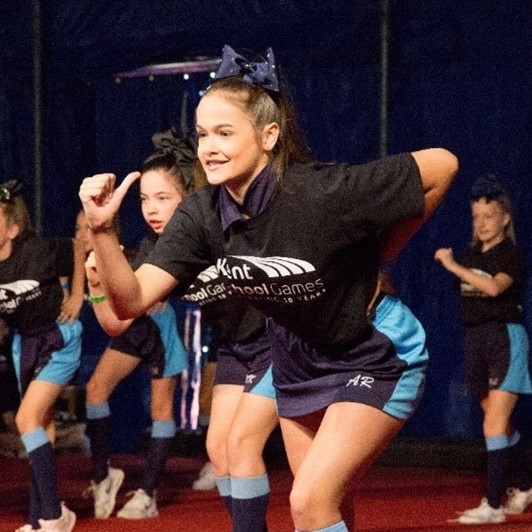
Success of the project
The Club went on to compete in the Kent School Games with over 250 other young cheerleaders.
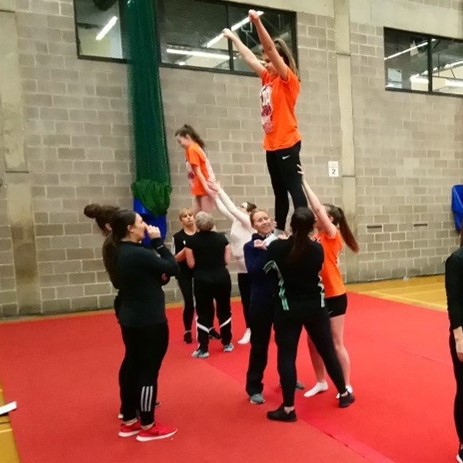
Stand out features
The girls now partake in more hours of physical activity outside of PE than they did before and they look forward to the club continuing in the future.
We visited Folkestone Academy to see how they were getting on with the development of their cheerleading Satellite Club and the impact of the sessions in the build up to a Kent School Games competition.
We wanted to know the type of young person who was regularly attending the club. The teacher, Lily Mclaughin, said: “Some are less active, others are not the best behaved, however by introducing cheerleading we have had a positive impact on these students. Behaviour has improved, and our school has had a buzz about it, with the cheerleading group all looking forward to each weeks’ session.”
Funding contributed to a training course run by Vista Twisters Cheerleading Club. The teachers from Folkestone Academy who attended the course commented “It was fantastic because of how practical the course was and how much knowledge Ruth had. One of the most informative courses I have ever been on.”
Kent School Games Festival
At the University of Kent over 250 cheerleaders gathered in the big top tent to begin the first Kent School Games cheerleading festival on what also marked the 10th anniversary of the Kent School Games.
The cheerleading event commanded centre stage. It was a loud, fun and exciting spectacle for everyone involved. The success of the funding pilot was evident in the attendance numbers and the engagement with the young people.
Clubs looking to boost participation and to continue training over the next school year was a fantastic development from the project. Speaking to a sample of 70 cheerleaders on the day we collected data which helped us feedback to the clubs involved to grow and sustain.
The data provided key themes to explain why students attend the clubs, and we can translate this into methods of approach when promoting the clubs through schools and can help to shape the sessions and enjoyment of all the cheerleaders.
74% of participants that we spoke with told us they felt more confident from attending the sessions which is good news as we aim to create clubs that not only improve fitness and health but also well being and encourage a happier lifestyle.
We were also able to gauge how successful the project was in the first year and make engagement predictions for the second and third years, whilst putting foundations in place to sustain the clubs without external funding. The responses were positive, the clubs are fun, challenging and have improved the activity levels of attendees overall.
9 out of every 10 cheerleaders we spoke with at the event also said that they would like the opportunity to attend the club again next year and would commit to taking part if the club was continued.
The indications also suggested that cheerleading clubs will continue to have good attendance and impact the day to day lives of those involved. The environment created by the coaches had a positive effect also on students’ wellbeing and they feel more confident, healthy and happy.
What Next?
Kent Sport committed further funds to work with Vista Twisters to provide more visits for the schools to continue to support with new ideas and routines.

